Link to github:
Github link
Introduction
‘Micro-controller Applications’ introduces the use of micro-controllers in a range of system applications. Students are taught how a micro-controller works, how to program it, and the use of micro-controller. In addition, students will learn basic analogue and digital support circuitry, sensors and actuators/displays required for a micro-controller based application. This module allows students to develop a project conceived around a micro-controller system with sensors and output devices.
Students were provided with the following items:
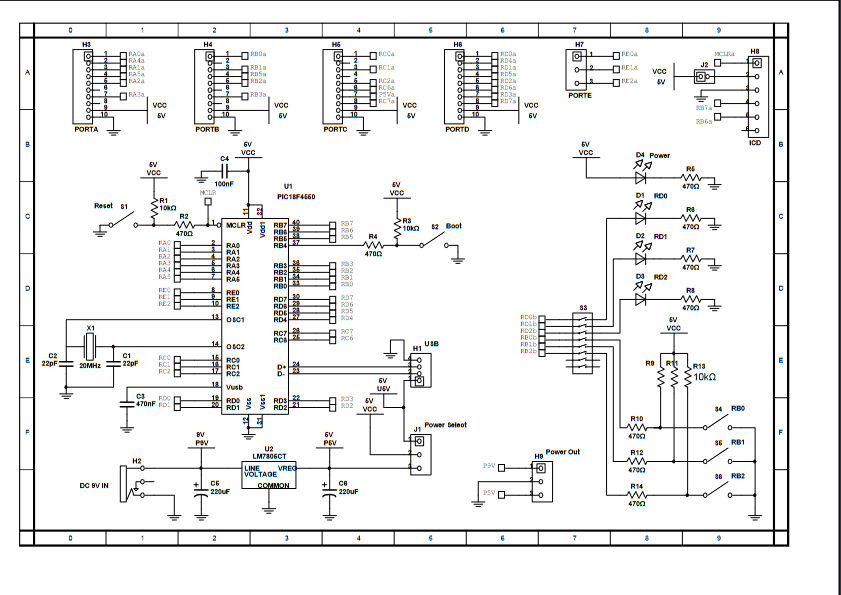 |
| Micro-controller board |
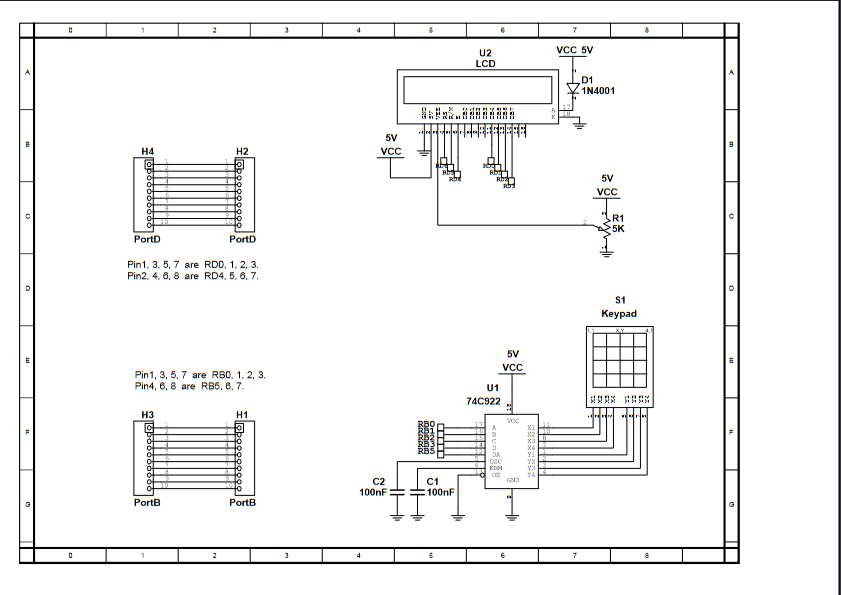 |
| LCD and keypad board |
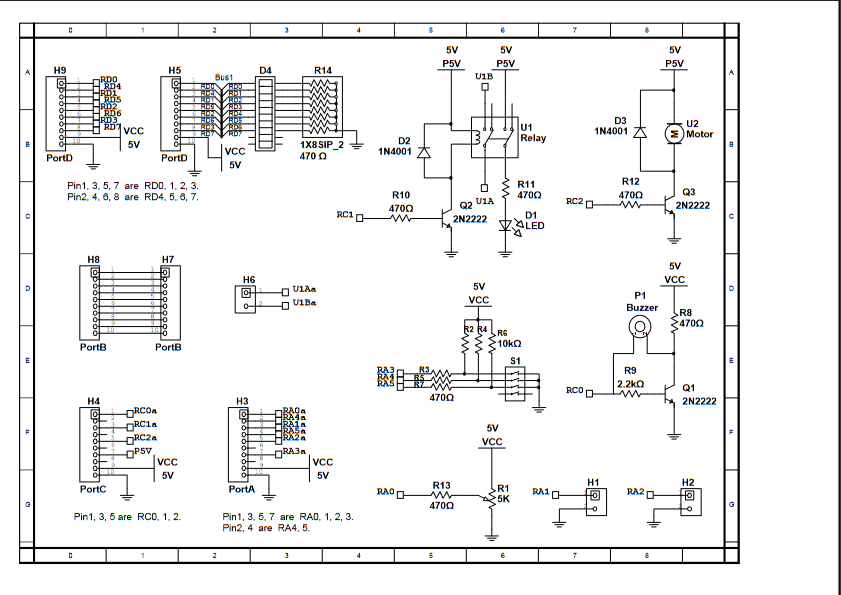 |
| General I/O board |
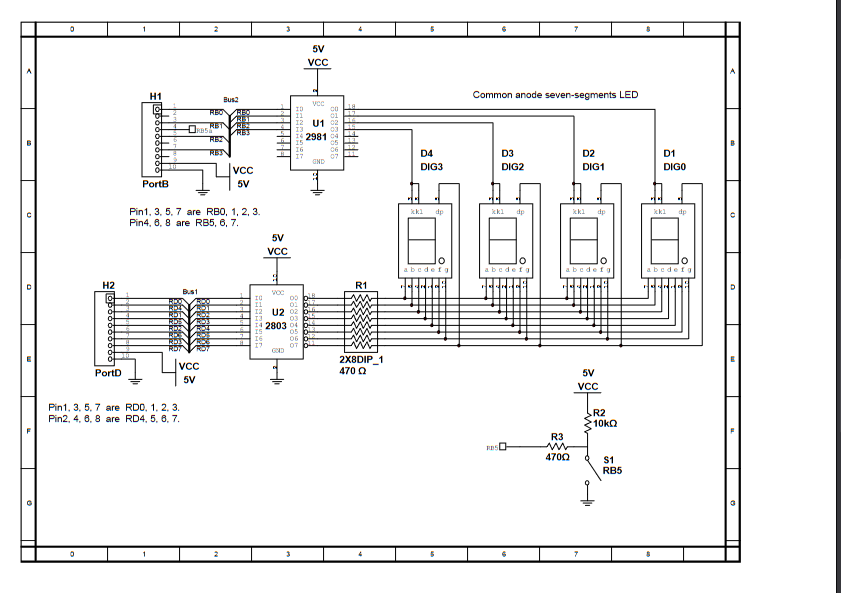 |
| 7 Segment switch board |
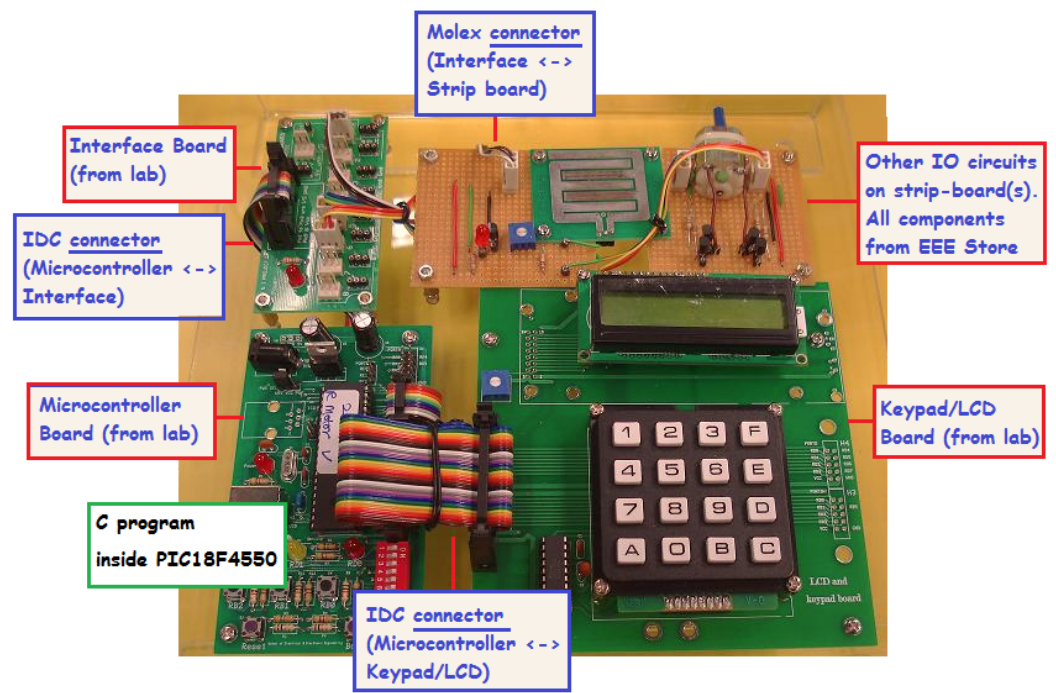 |
| Example of boards(7 Segment switch board not shown) |
The team
My team consisted of the following people, all of us were from Singapore Polytechnic(SP) taking Diploma in Electrical and Electronic Engineering(DEEE)(As of 29 August 2021)
- Khiu Kim Hong
- Ngo Bing Han
- Bryan Ng Xu hen
Task
Building on the Arduino solar-wind hybrid system the team decided to create an improved solar-hydro hybrid system. The system propose adding an underwater turbine to floating solar panel farms. This will allow for the overall system to generate power 24/7 instead of only during the day.
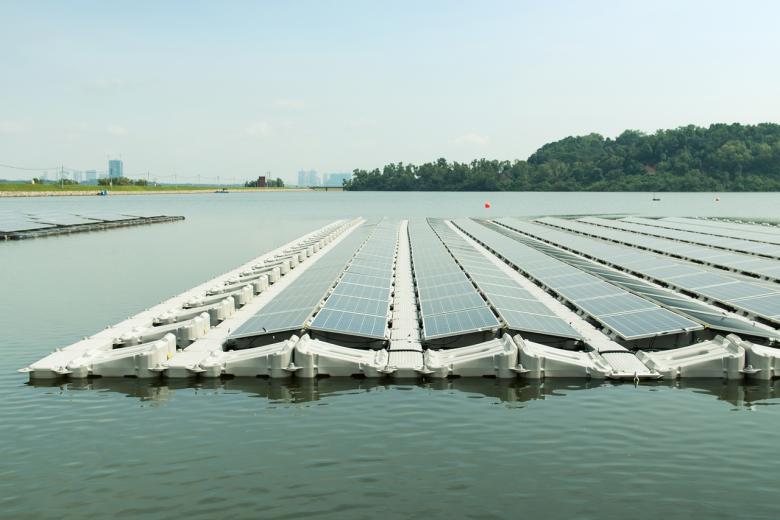 |
| Floating solar far |
 |
| Underwater turbine |
Solution
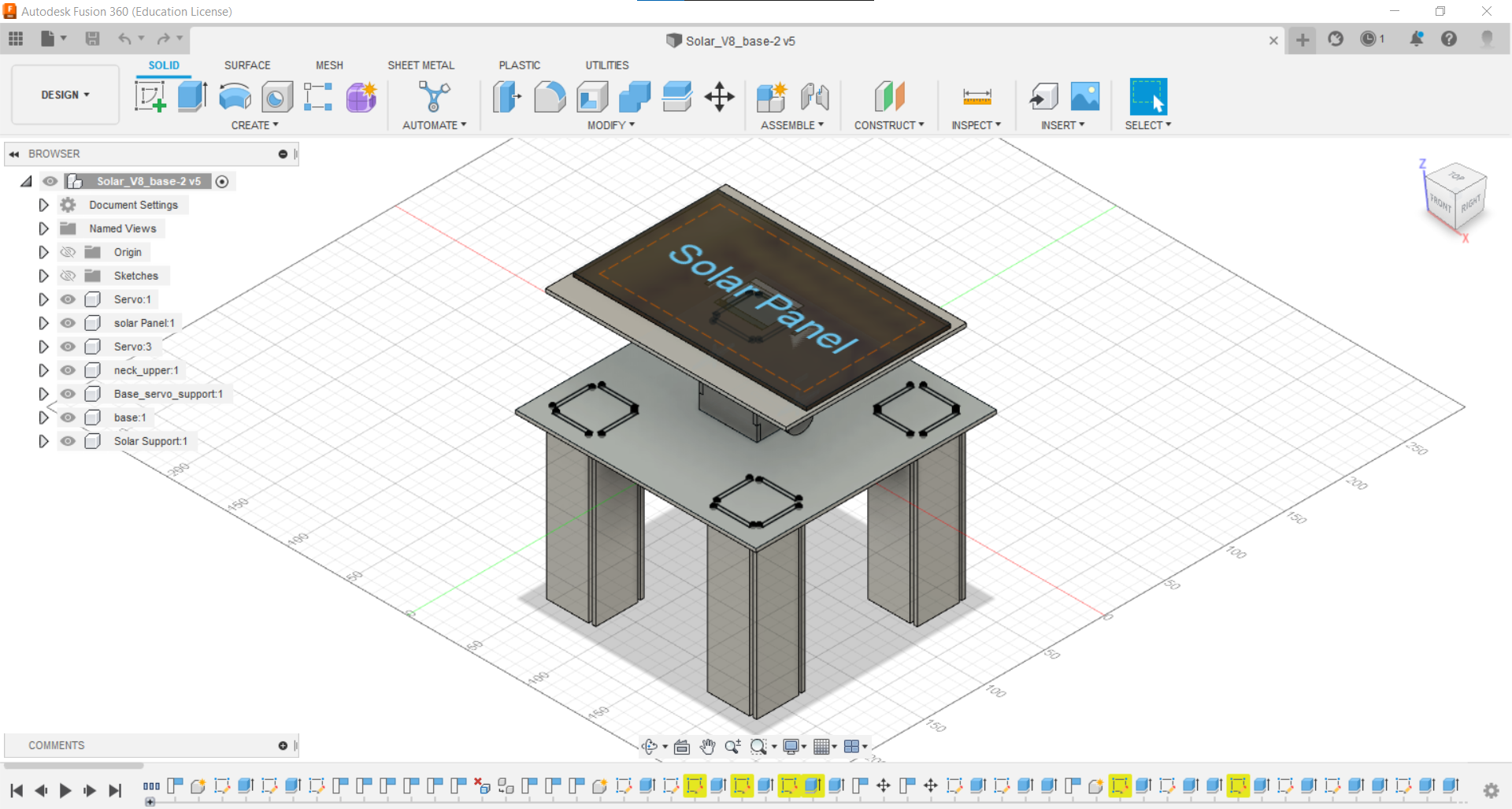 |
| Top view of structure |
The top half of the structure holds the solar panel. Servos will be held in a housing that will tilt the solar panel based on a timer in the PIC18 micro-controller.The bottom half holds a turbine for hydro power generation. The team opted to use a savonius turbine as it was the easies to integrate into the design. A dc motor was used to simulate a savonius turbine. ‘Legs’ where added to simulate floating.
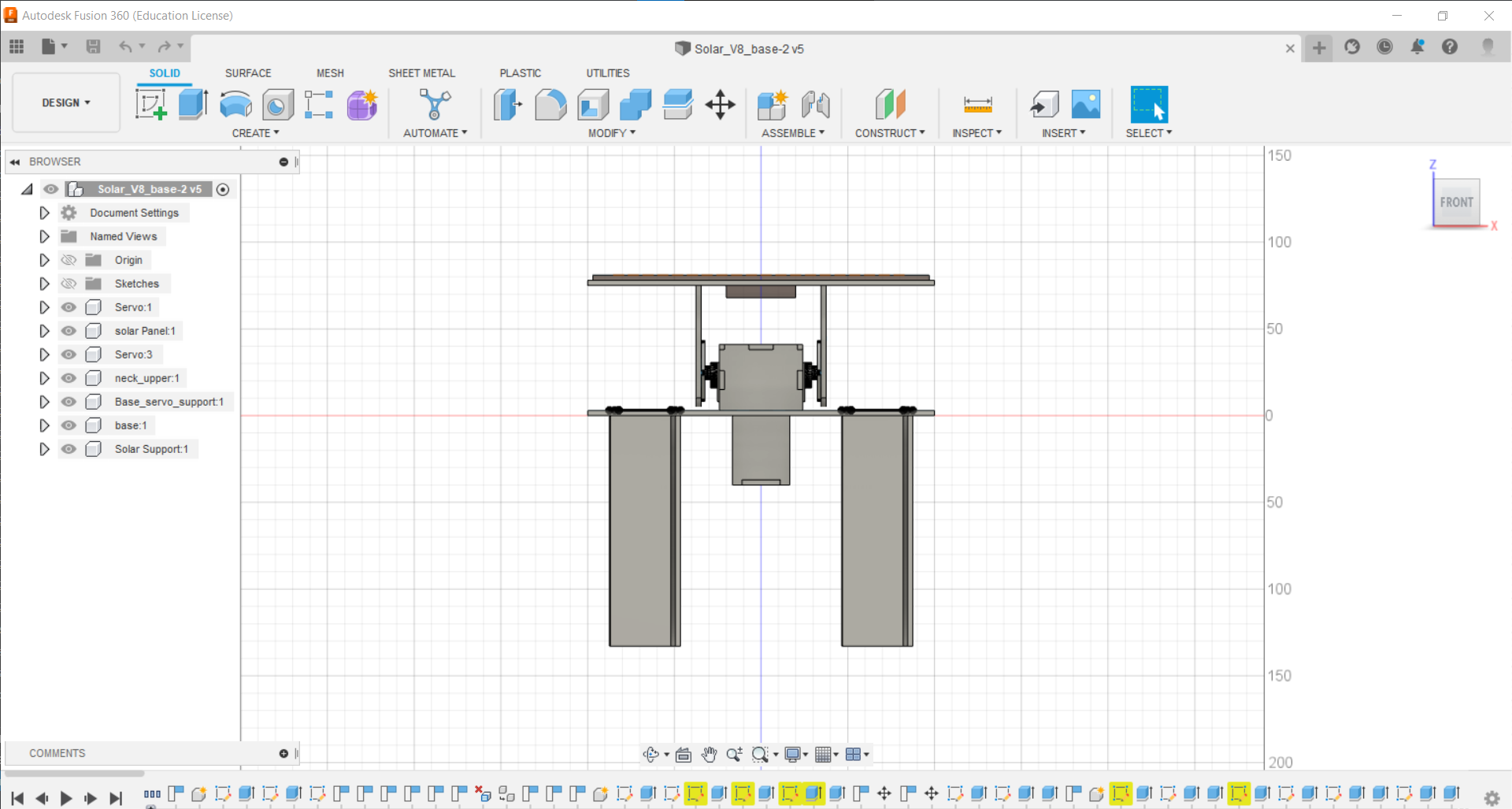 |
| Side of structure. |
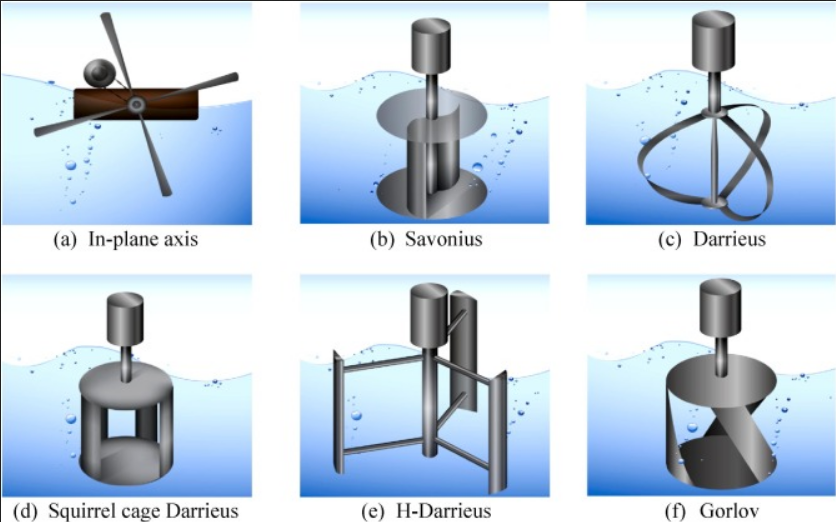 |
| Turbine types |
Appendix A - Schematics
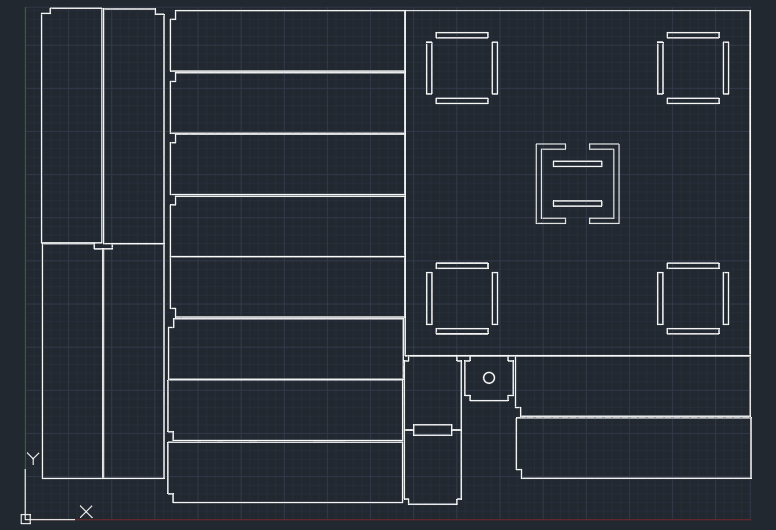 |
| Schematic of the structure |
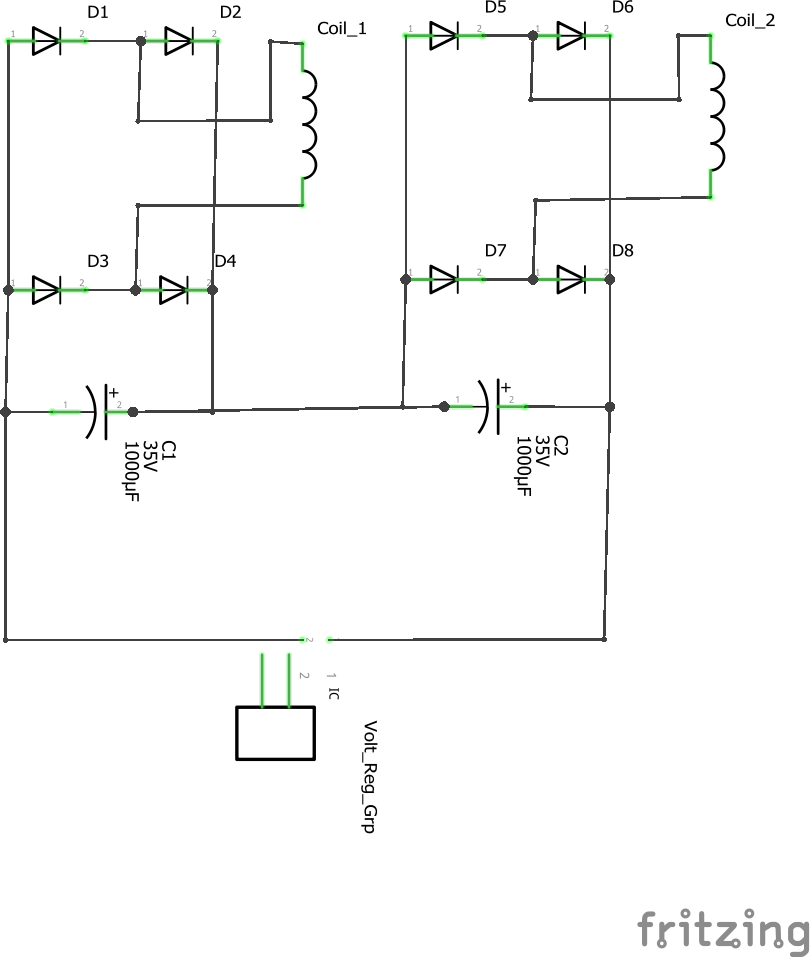 |
| Tidal power generation schematics |
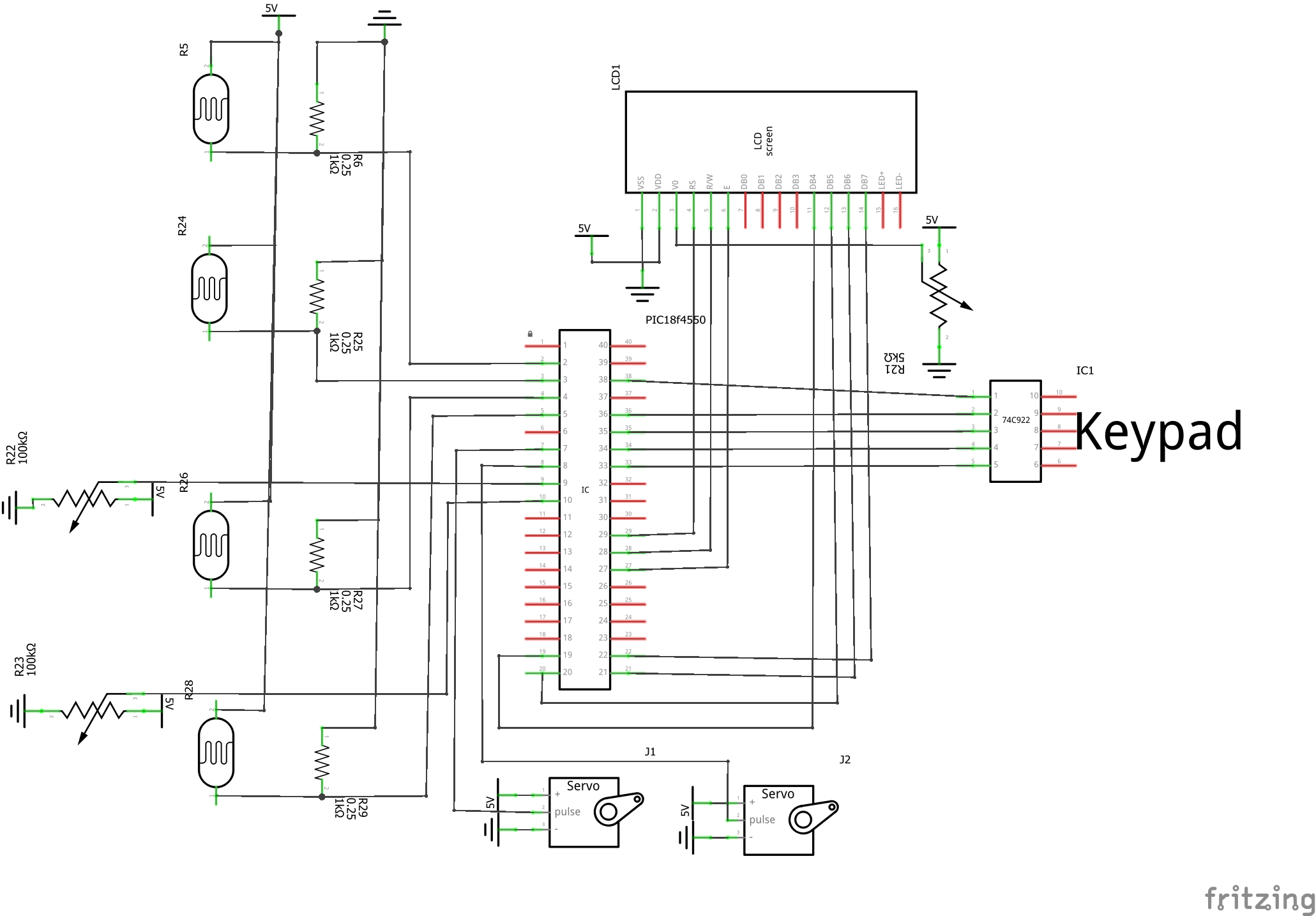 |
| Solar tracker schematics |
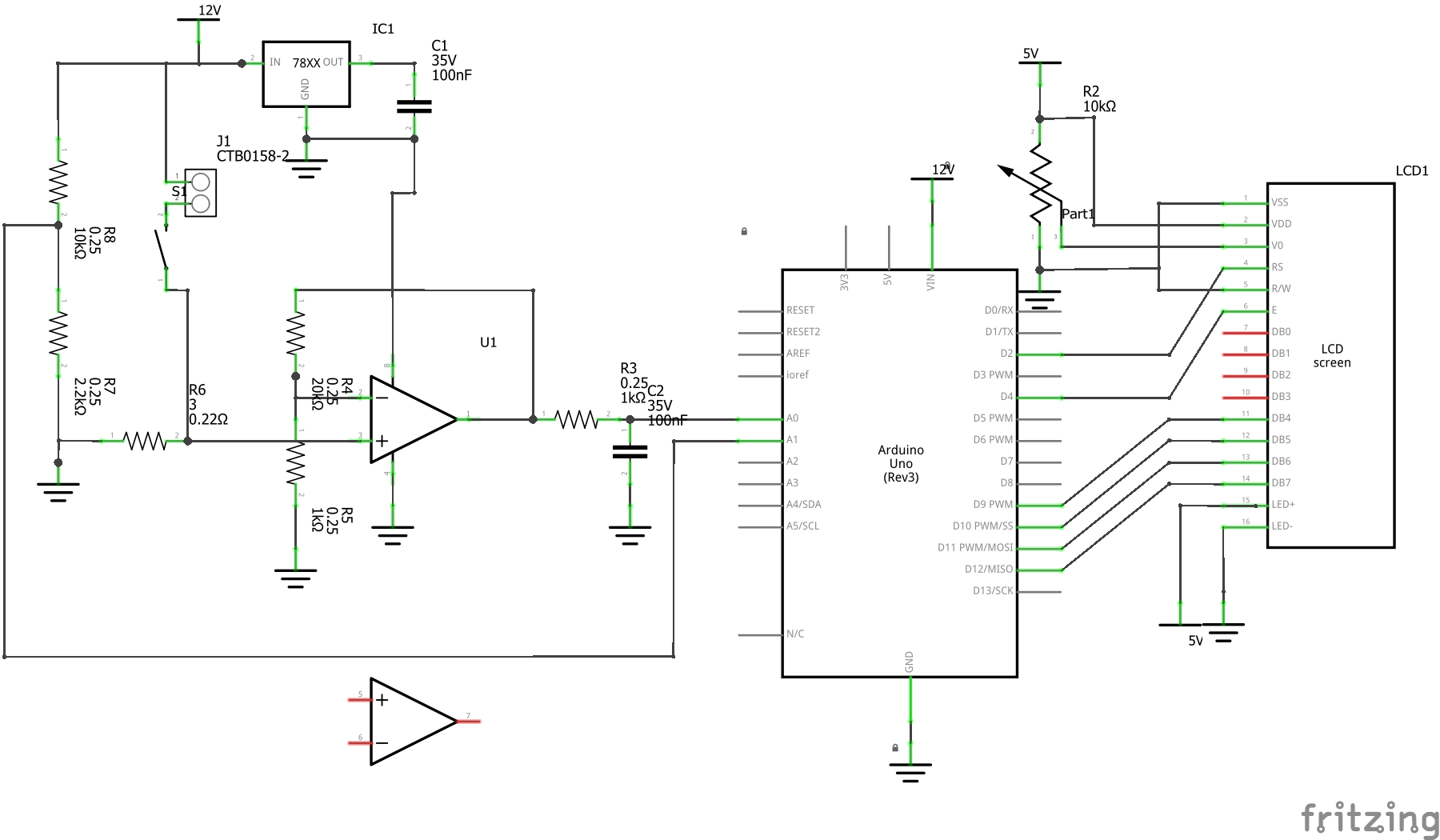 |
| Schematic of wattmeter |
 |
| Voltage regulator schematics |














